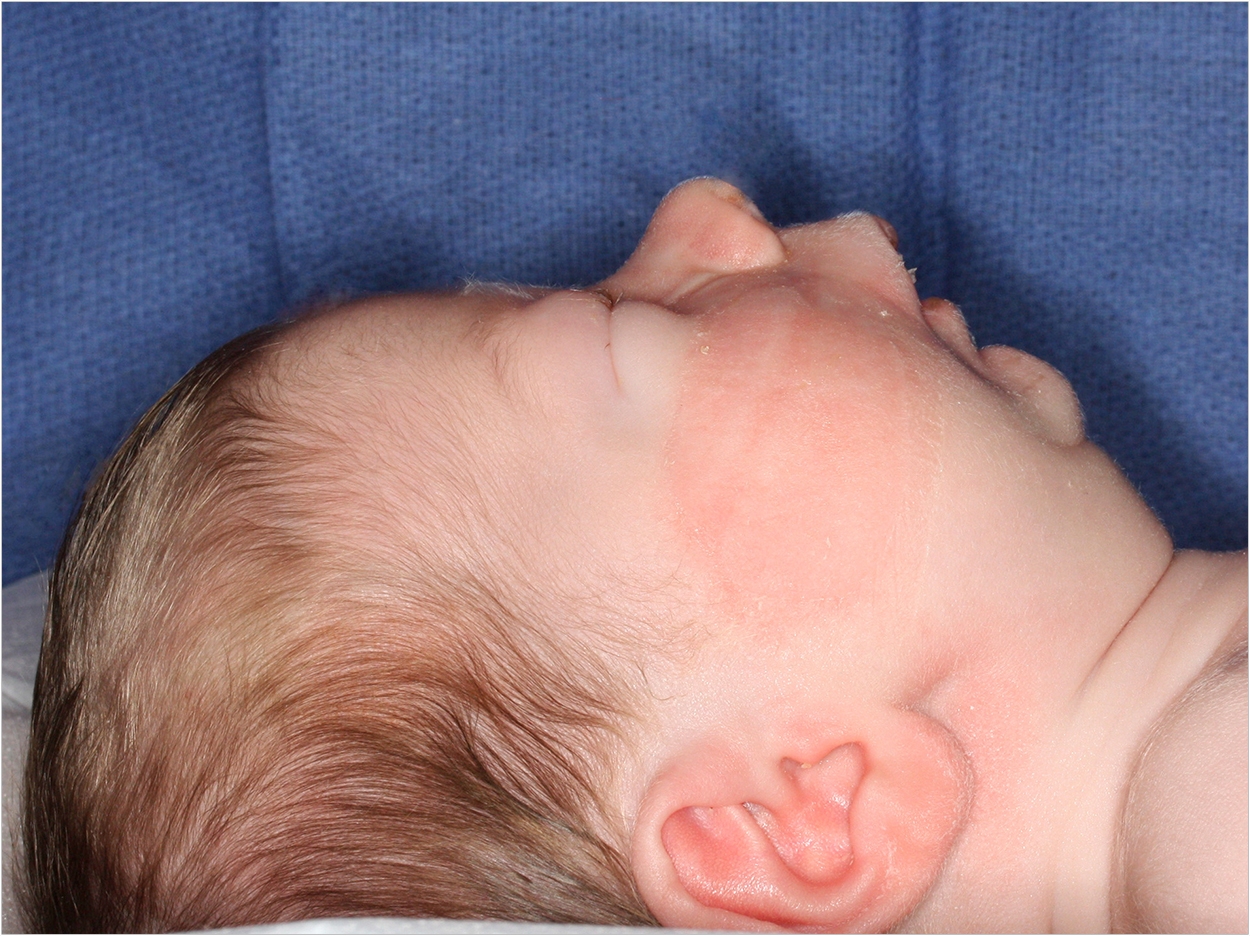
The evaluation and treatment of infants born with severely undersized lower jaws vary among doctors, but common practices could define best practices, according to the Harvard School of Dental Medicine (HSDM).
Researchers at HSDM there propose an algorithm for early management of Robin sequence, a condition in which infants have a tiny lower jaw that allows their tongue to compromise their airway and impair feeding.
The study involved 193 doctors from 20 countries, 80% of whom were surgeons, who answered survey questions about evaluation and early treatment of infants with Robin sequence as well as two cases to evaluate how they would handle clinical scenarios.
The first case was a newborn with nonsyndromic Robin sequence, moderate airway obstruction, and feeding impairment. The second was an infant with syndromic Robin sequence and severe airway obstruction needing intubation in the delivery room.
Variations were found among clinical groups, though the study also revealed trends that could represent best practices despite variation in the evaluation and treatment of infants with Robin sequence.
The proposed algorithm presents diagnosis and early treatment based on consultations, feeding evaluation, sleep study, and airway evaluation. Such factors as obstructive sleep apnea, airway anomalies, and feeding could determine treatment, according to the algorithm.
There was a marked difference in the management of infants with Robin sequence between physicians in the United States and those not in the United States. The physicians not in the United States spent more time trialing non-operative treatments and were less likely to recommend an airway operation than those in the United States.
The researchers believe that this difference is driven by differences in healthcare systems and in maternity leave policies since longer hospitalizations are likely associated with delayed airway operations. Surgeons and non-surgeons also vary in how they evaluate and treat these patients, though the researchers said the results were statistically irrelevant.
Surgeons tend to ask for an airway evaluation, consult with a geneticist, conduct diagnostic imaging, and recommend airway surgery earlier. Non-surgeons are more likely to place nasogastric tubes earlier, perhaps due to more attention to eating and nutrition, the researchers said.
Furthermore, providers with a high volume of new infants with Robin sequence are more likely to recommend consultation with a craniofacial surgeon and a sleep study during early treatment.
These doctors also were more likely to propose surgery to treat airway obstruction earlier and less likely to insert a tube in the nasal passageway, possibly because doctors who have more resources and background with the condition are more likely to operate sooner, the researchers said.
The study, “Early Management of Infants With Robin Sequence: An International Survey and Algorithm,” was published by the Journal of Oral and Maxillofacial Surgery.
Related Articles
Abnormal Salivary Glands Linked to Dental Problems in Cleft Lip and Palate Patients
Scaffold Technology Improves Craniofacial Bone Regeneration
Partnership Improves Oral Healthcare for Patients With Special Needs












